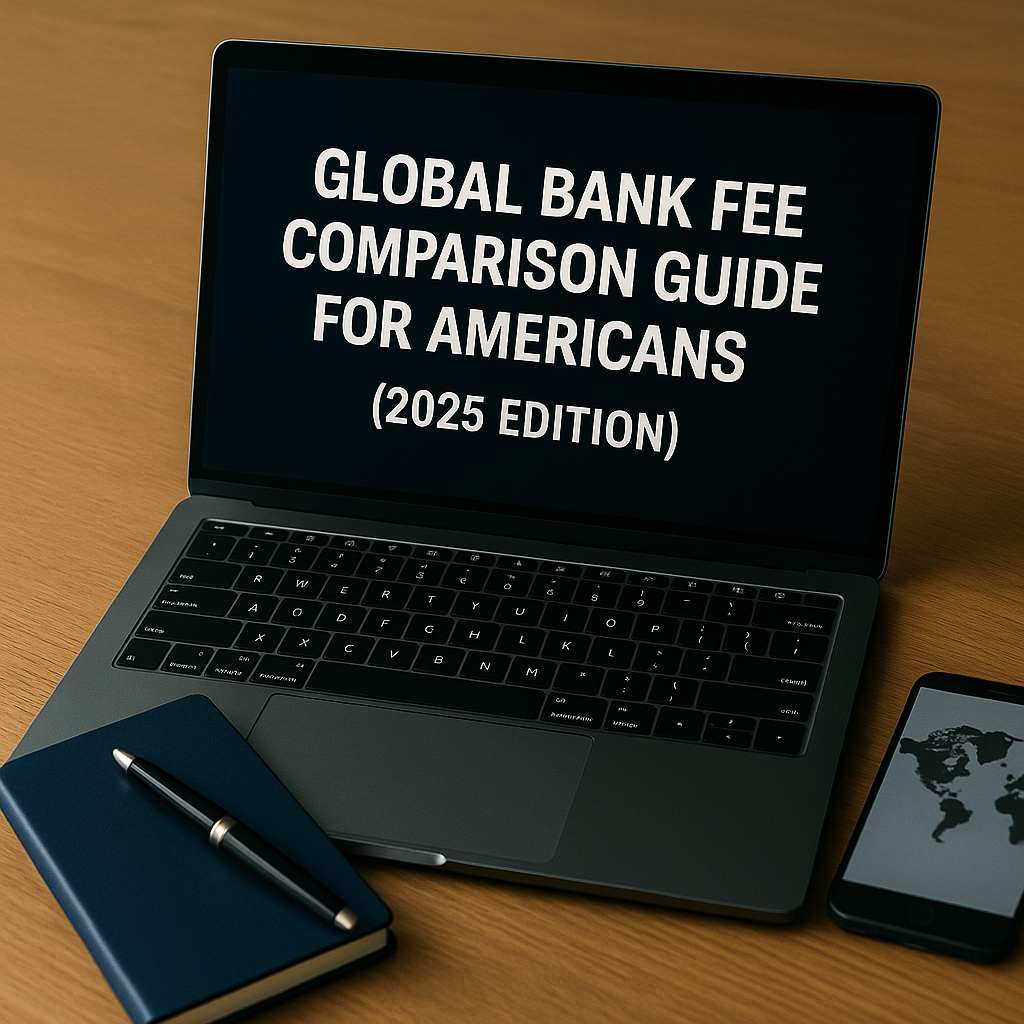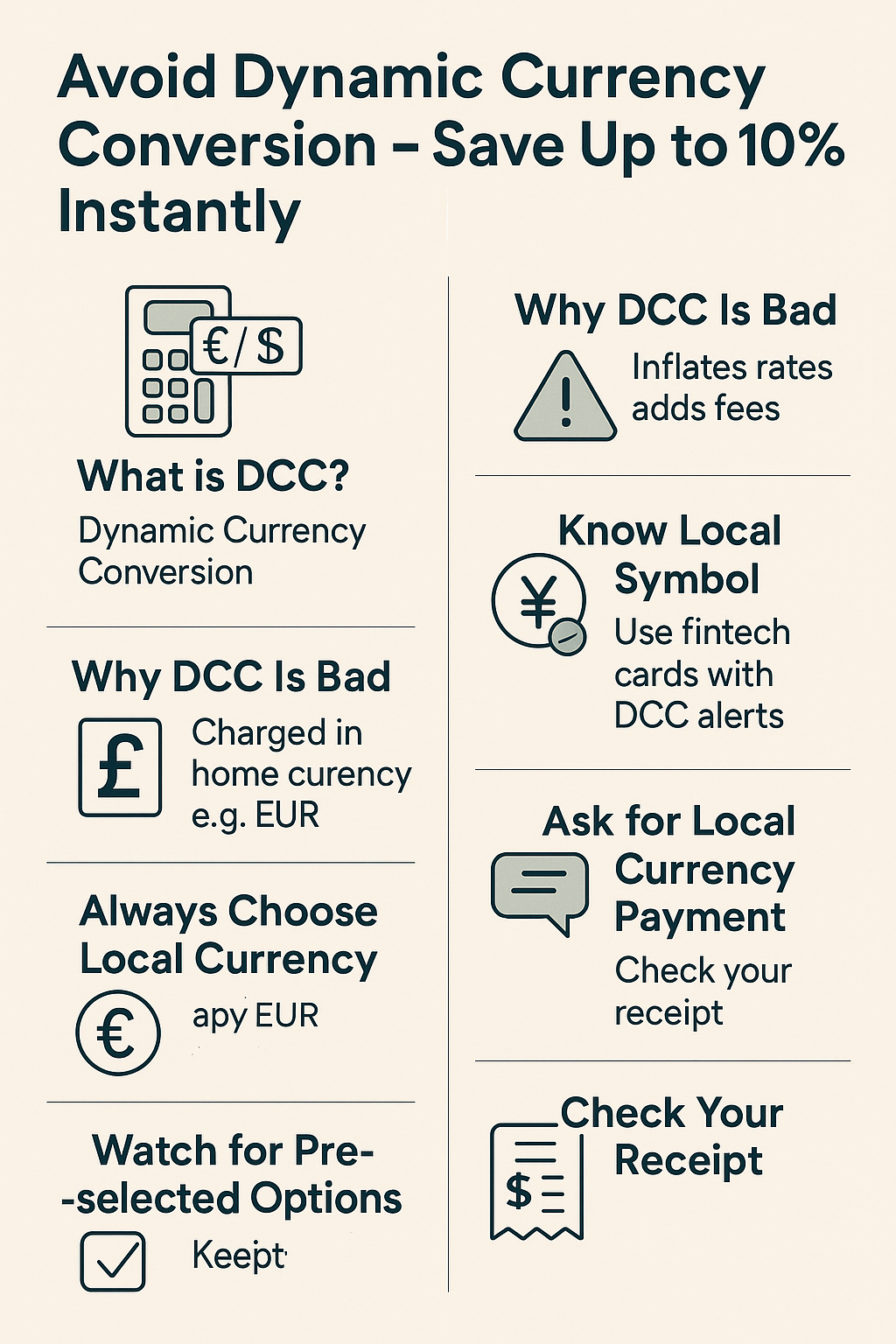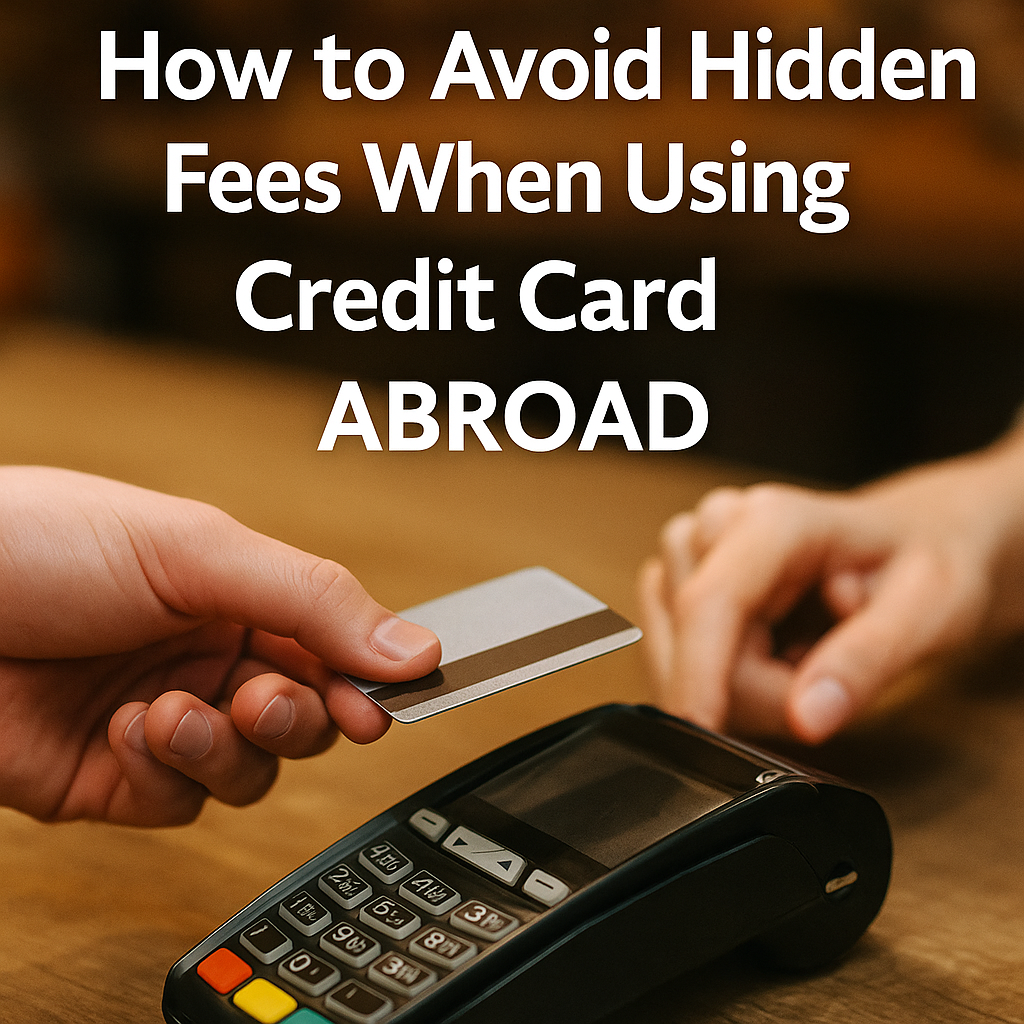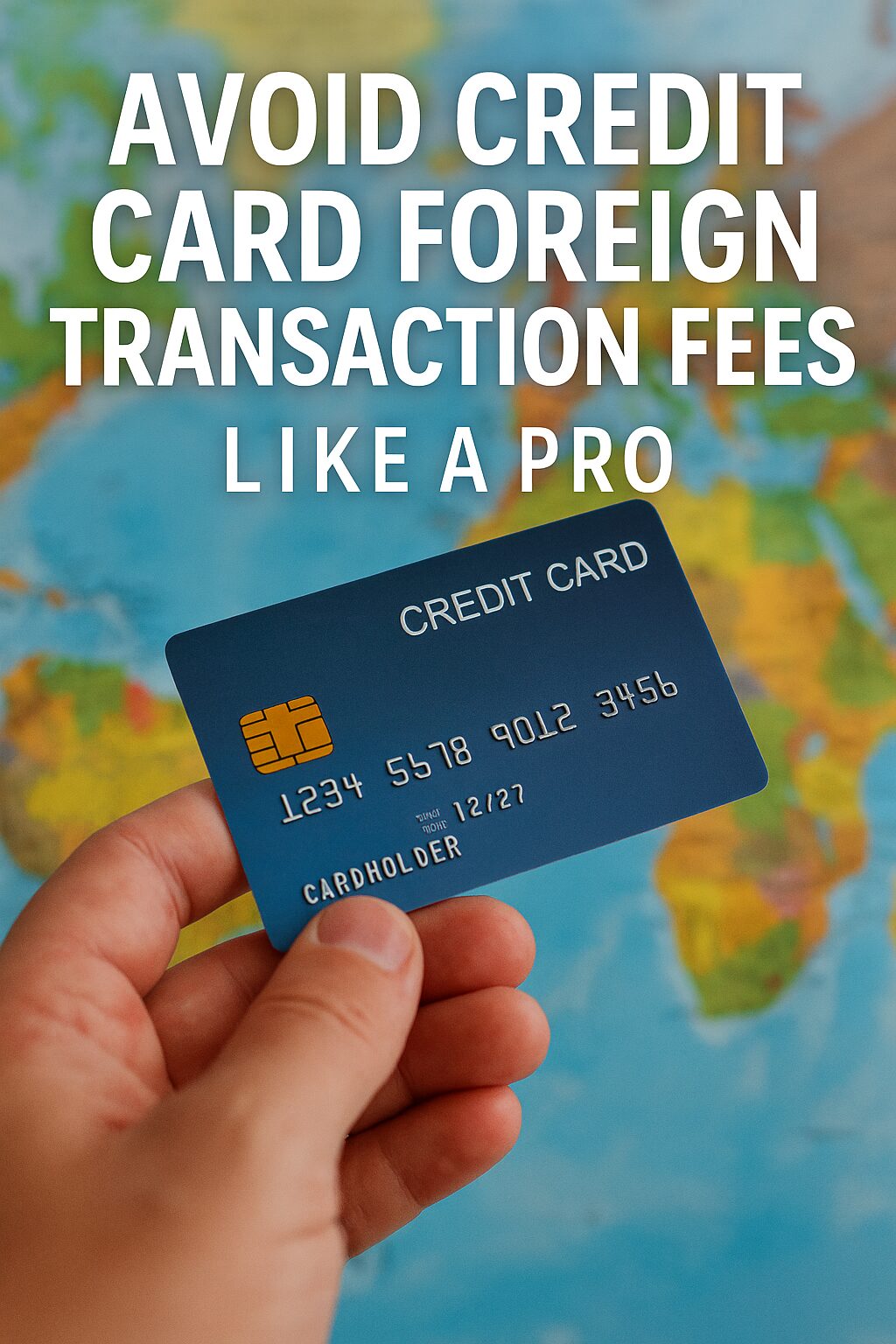If you’re spending money abroad — whether as a digital nomad, traveler, or remote worker — foreign transaction fees can quietly drain your wallet. These charges (typically 1–3%) may seem small but can add up quickly over time.
Here are the top 5 credit cards in 2025 that do not charge foreign transaction fees, saving you real money while traveling the world.
1. Chase Sapphire Preferred® Card
Best for: Frequent travelers who want rewards and travel insurance
- No foreign transaction fees
- 2x points on travel & dining
- Built-in trip delay/cancellation/interruption coverage
- Primary rental car insurance
Annual Fee: $95
Why it’s great:
You earn points on everyday travel spending and get premium protection without the premium card fee.
2. Capital One Venture Rewards Credit Card
Best for: Simple rewards system with flexible redemptions
- No foreign transaction fees
- 2x miles on all purchases
- Redeem miles for travel, statement credit, or gift cards
- Global Entry/TSA PreCheck credit
Annual Fee: $95
Why it’s great:
Flat-rate miles means you don’t have to memorize categories — spend freely anywhere in the world.
3. Citi Premier® Card
Best for: Maximizing points on international expenses
- No foreign transaction fees
- 3x points on airfare, hotels, gas, and restaurants
- Points can be transferred to travel partners (including international airlines)
Annual Fee: $95
Why it’s great:
Earn more in the categories you actually use abroad — like flights and food.
4. Charles Schwab Debit Card (Not a credit card, but a secret weapon)
Best for: ATM cash withdrawals without fees anywhere in the world
- No foreign transaction fees
- Unlimited worldwide ATM fee reimbursements
- No monthly fees or minimum balance
- Great for cash-heavy countries
Annual Fee: $0
Why it’s great:
You’ll get ATM fees reimbursed automatically, even in remote places. An excellent backup to any travel card.
5. Wise Travel Card
Best for: Currency conversion transparency and global accessibility
- Not technically a credit card (prepaid debit), but excellent for foreign use
- No markup on currency conversion (real exchange rate)
- Supports 50+ currencies
- Instant freeze/unfreeze via app
Annual Fee: $0 (no ongoing fee)
Why it’s great:
Ideal for digital nomads who want to manage multiple currencies while avoiding banks altogether.
Final Tip: Always Notify Your Bank Before Traveling
Even if your card has no foreign transaction fees, a flagged international transaction could result in a blocked card. Use your banking app or call ahead.
Conclusion: Avoid Fees, Keep More
You don’t have to pay extra just for using your card overseas.
By choosing the right credit card — or card combination — you can save hundreds of dollars a year, without changing how you spend.
Want to be smart about your money abroad? Start by eliminating unnecessary fees.





